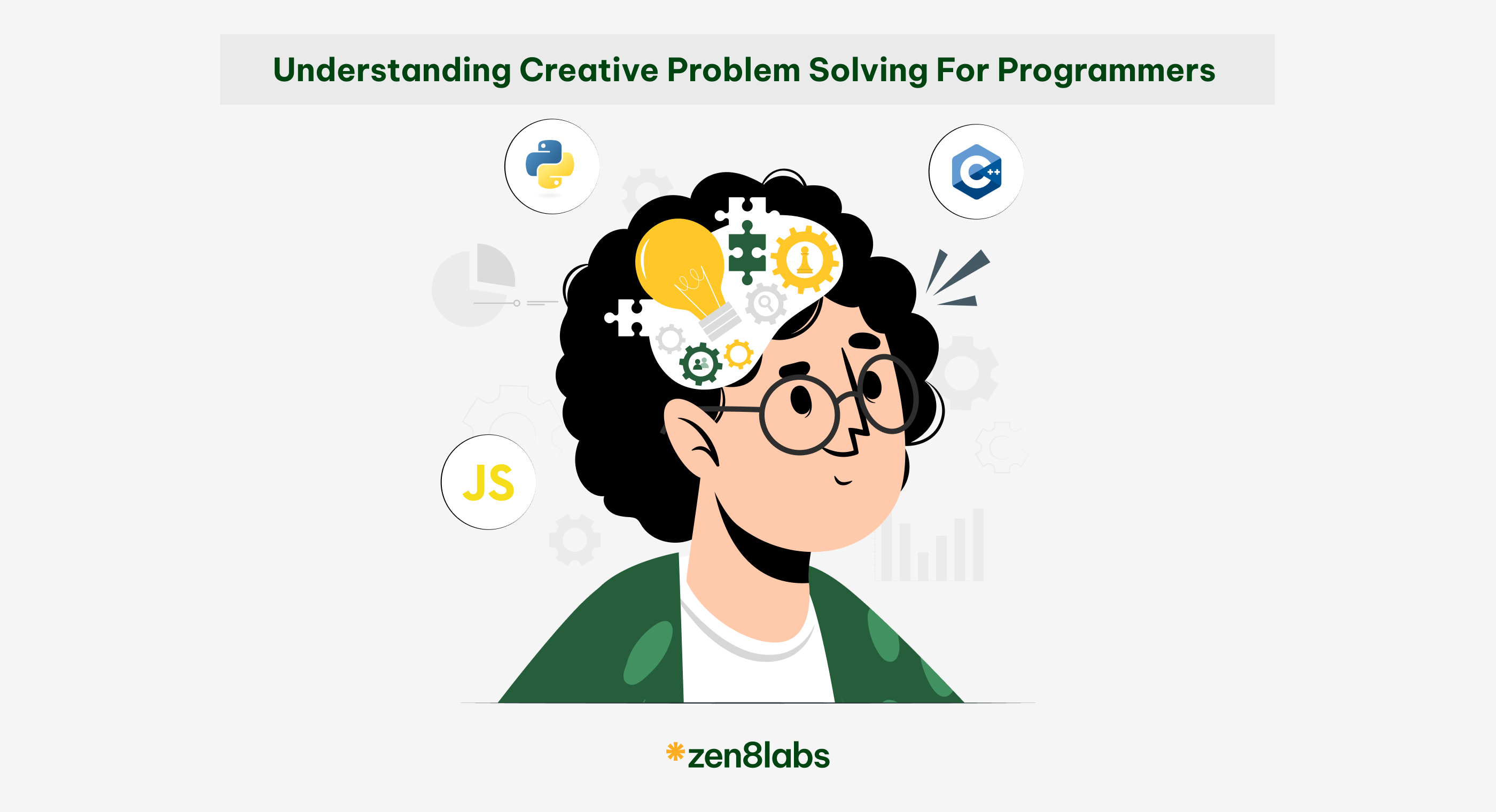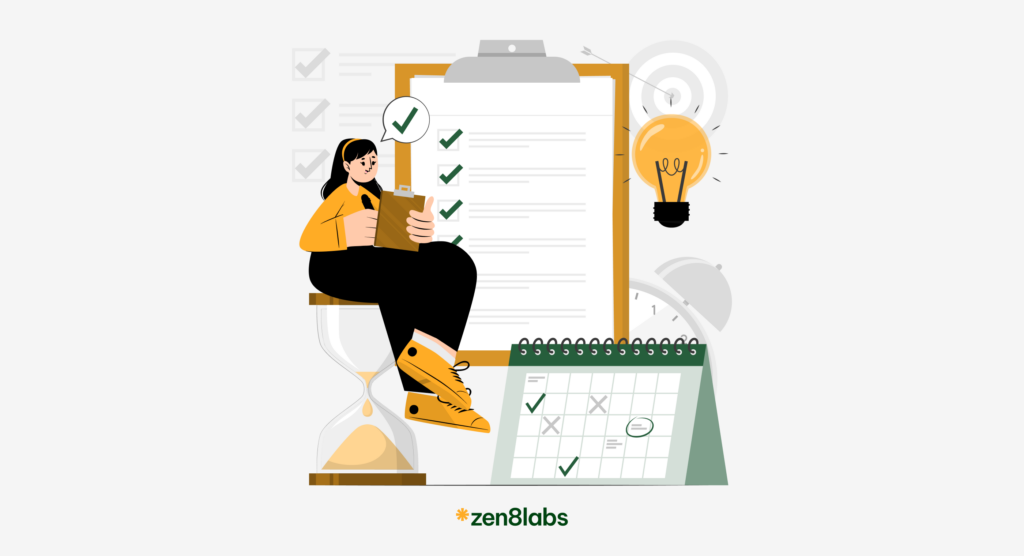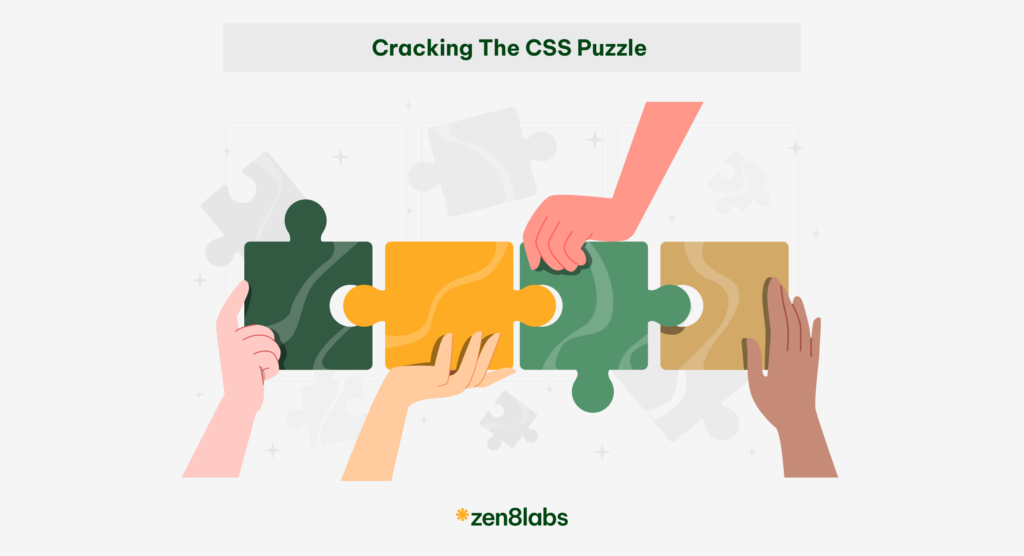Programming is often seen as a complex and technical field, but at its heart, it’s really about solving problems. Every line of code written is a step toward solving a challenge, whether it’s organizing data, creating user experiences, or building new tools. The book Think Like a Programmer aims to demystify this process by showing that anyone can improve their problem-solving abilities through practice and by learning to think both logically and creatively. By focusing on the mindset behind problem-solving, this book encourages readers to see problems as opportunities for growth rather than obstacles. In my blog, I’ll cover some key areas that I liked about this book.

Starting simple, building confidence
One of the book’s main strengths is how it breaks down problem-solving into approachable steps. Rather than jumping into complicated coding exercises, it encourages the reader to start with simple problems and progressively build up their skills. This is especially helpful for beginners who might feel overwhelmed by the many concepts involved in programming. By using basic examples, the book helps the reader understand how to deconstruct larger tasks into manageable parts. This gradual progression builds confidence and a sense of achievement, showing that even seemingly impossible problems can be tackled if you take them step by step.

Planning is key
A key concept that the book emphasizes is the importance of thinking through problems before diving into writing code. Many new programmers are tempted to start coding immediately, hoping to find the solution as they go. However, this often leads to frustration and confusion. The book encourages readers to take the time to fully understand the problem first, explore potential solutions, and only then start coding. This methodical approach is a major shift in the mindset for many, but it helps reduce errors and makes debugging much easier. By taking the time and planning first, programmers can be more efficient and effective, tackling even complex challenges with clarity.

The power of persistence and creativity
Beyond technical skills, the book stresses the value of persistence and creativity in problem-solving. Many problems won’t have immediate or obvious solutions, and it’s easy to feel stuck. However, persistence—continuing to work through different ideas—and creativity—thinking outside the box—are often what lead to breakthroughs. The author uses relatable examples and interactive exercises to reinforce these ideas, helping readers see that even failed attempts are part of the learning process. This focus on the non-technical aspects of programming is refreshing and reminds readers that success in programming is just as much about mindset as it is about skill. When I read this, I related very much as it showed some of the challenges I had when I was learning to be a software engineer.

A skill for programmers and beyond
While the book is specifically geared toward improving problem-solving for programmers, the lessons extend far beyond code. The mindset of breaking down complex issues, planning thoughtfully, and trying different approaches can be applied to many areas of life. Whether you’re facing a technical challenge, a creative block, or even a personal dilemma, the problem-solving strategies shared in the book are universally useful. As readers work through the exercises and develop their own problem-solving abilities, they may find that this way of thinking becomes second nature, benefiting them in all aspects of life.

A fresh perspective for every programmer
For programmers at all levels, whether beginners or seasoned professionals, Think Like a Programmer offers a valuable shift in perspective. It helps readers move away from viewing programming as a purely technical task and instead see it as a creative and logical process. By encouraging a structured yet flexible approach to problem-solving, the book teaches skills that can be applied in coding as well as everyday life. This blend of practicality and creativity is what makes the book a must-read for anyone looking to improve their programming mindset and capabilities. I think this approach is so beneficial that I even recommended this book to my colleagues at zen8labs to learn about this blend of practicality and creativity.

Conclusion
Think Like a Programmer teaches that programming is much more than just writing code—it’s about thinking clearly, solving problems methodically, and approaching challenges creatively. The book helps readers develop a mindset that makes complex tasks feel manageable, offering practical advice that can be applied both in programming and in everyday problem-solving. By focusing on logic, planning, and persistence, this book is a valuable guide for anyone looking to improve their ability to think like a programmer. With these skills, my colleagues and I apply to them every project we approach, if you want to see them in action, then speak to us here!
Hien Nguy, Software engineer





